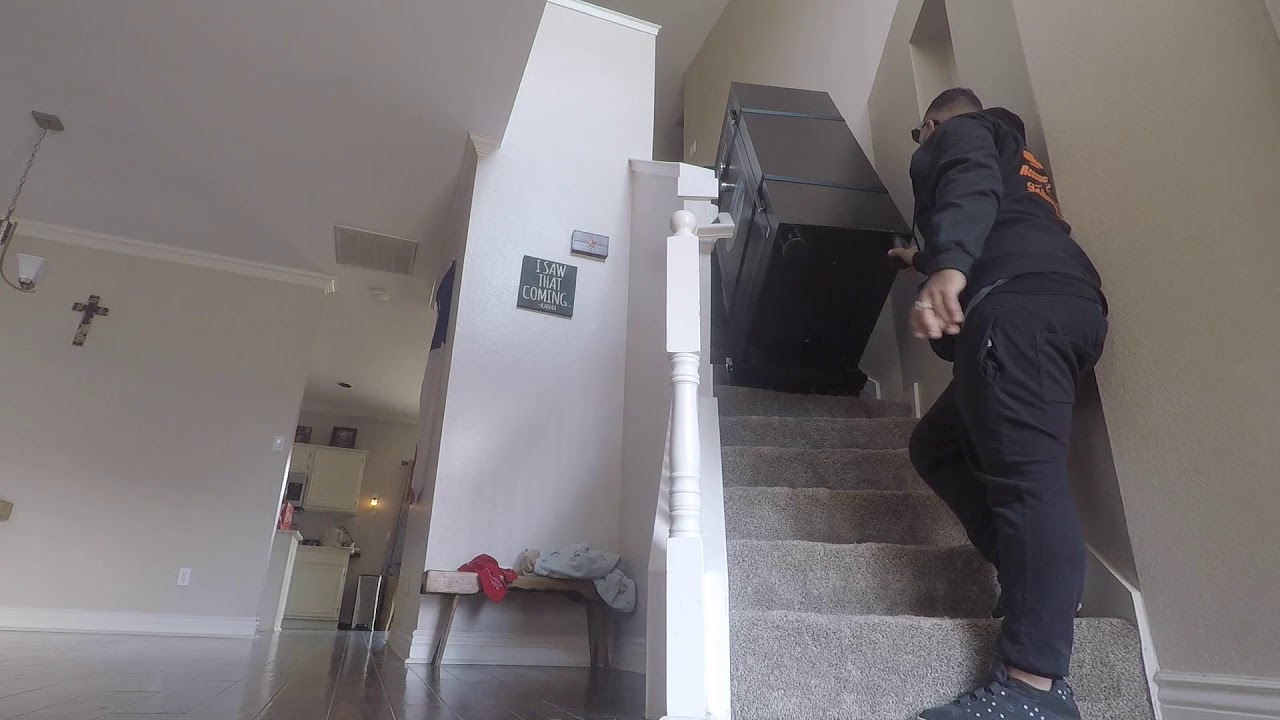

Articles
How To Move Gun Safe Downstairs
Modified: January 20, 2024
Learn the proper technique and precautions for safely moving a gun safe down stairs with this helpful guide. Discover expert articles on gun safe relocation and ensure a smooth and secure process.
(Many of the links in this article redirect to a specific reviewed product. Your purchase of these products through affiliate links helps to generate commission for Storables.com, at no extra cost. Learn more)
Introduction
Do you have a gun safe that needs to be moved downstairs? Moving a gun safe can be a challenging task, especially when it involves navigating through stairs. However, with the right preparation and techniques, you can safely and efficiently move your gun safe downstairs without causing any damage to the safe or your surroundings.
In this article, we will guide you through the process of moving a gun safe down stairs. We will cover everything from assessing the situation and gathering the necessary tools to ensuring safety measures and choosing the right moving method. By following these steps and seeking assistance if needed, you’ll be able to successfully move your gun safe without any hassle.
Before embarking on the moving process, it’s important to assess the situation and determine if moving the gun safe downstairs is the best course of action. Consider factors such as the weight and dimensions of the safe, the layout of the stairs, and any potential obstacles that may hinder the process. If you believe it is feasible to move the gun safe downstairs, proceed with the following steps.
Key Takeaways:
- Moving a gun safe downstairs requires thorough assessment, proper tools, and safety measures. Disassembling the safe, securing it, and choosing the right moving method are crucial for a successful and damage-free relocation.
- Seeking professional assistance is advisable for heavy or complex gun safes, limited manpower, or safety concerns. Reassembling the safe according to the manufacturer’s instructions ensures optimal functionality and security post-move.
Read more: How To Move Heavy Dresser Downstairs
Assessing the Situation
The first step in moving a gun safe downstairs is to thoroughly assess the situation. This involves considering various factors to ensure a smooth and safe moving process.
Begin by measuring the dimensions of your gun safe, including its height, width, and depth. This will help you determine if the safe can fit through the staircase and doorways. Make sure to account for any angles or turns in the staircase that may pose a challenge during the move.
Next, evaluate the condition of the stairs and the pathway leading to the stairs. Look for any loose steps, uneven surfaces, or obstacles that could impede the movement of the gun safe. If necessary, make any repairs or modifications to ensure a stable and secure environment.
Consider the weight of the gun safe as well. It is crucial to know the weight capacity of the stairs and make sure they can safely support the weight of the safe and the individuals involved in the move.
Additionally, assess the manpower and resources available to you. Moving a gun safe alone can be dangerous and impractical. Determine if you have enough people to assist you during the move or if you need to hire professionals who specialize in moving heavy objects.
Lastly, take into account any potential hazards or obstacles in the surrounding area. This may include tight hallways, door frames, or delicate objects that could get damaged during the move. Clear out any obstructions and create a clear pathway to ensure a smooth journey for the gun safe.
By carefully considering these factors and assessing the situation beforehand, you can minimize the risks and challenges associated with moving a gun safe downstairs. This will help you develop a strategic plan and determine the most suitable moving method for your specific circumstances.
Gathering the Necessary Tools and Equipment
Before you start moving the gun safe downstairs, it’s important to gather all the necessary tools and equipment to ensure a smooth and safe process. These tools will make the task easier and help protect both the gun safe and those involved in the move.
Here are some essential tools and equipment you’ll need:
- Moving Dolly: A heavy-duty moving dolly with straps is essential for safely transporting the gun safe. Make sure the dolly is designed to support the weight of the safe and has secure straps to hold it in place.
- Furniture Sliders: Furniture sliders or moving blankets can be used to protect the floors and minimize friction during the move. Place these under the gun safe to make it easier to slide or roll the safe.
- Ratchet Straps: Ratchet straps are useful for securing the gun safe to the dolly and preventing it from shifting or tipping during transportation.
- Furniture Pads: Furniture pads or moving blankets can provide additional protection for the gun safe and prevent any scratches or dings during the move.
- Stair Climbing Straps: If your gun safe is particularly heavy or the stairs are steep, consider using stair climbing straps. These specialized straps distribute the weight evenly and make it easier to navigate the stairs.
- Protective Gloves: Heavy-duty gloves will protect your hands and provide a better grip while handling the gun safe.
- Measuring Tape: A measuring tape will be useful for assessing the dimensions of the gun safe and determining if it can safely fit through the staircase and doorways.
Make sure to gather all these tools and equipment before you begin the moving process. It’s important to have everything you need on hand to ensure a safe and efficient move. Additionally, double-check that all the tools and equipment are in good working condition to avoid any unexpected issues during the move.
By having the proper tools and equipment, you’ll be well-prepared to tackle the task of moving the gun safe downstairs. These tools will not only make the process easier but also help protect your gun safe and your surroundings from any potential damage.
Ensuring Safety Measures
Moving a gun safe downstairs can pose potential risks and hazards. Therefore, it’s essential to prioritize safety and take necessary precautions to prevent accidents, injuries, and damage. By following these safety measures, you can ensure a secure and smooth move:
- Wear Protective Gear: Before you begin the move, make sure to wear appropriate protective gear such as sturdy shoes, gloves, and eye protection. This will minimize the risk of injuries in case of any slips or accidents.
- Clear the Pathway: Remove any obstacles, debris, or tripping hazards along the pathway leading to the stairs. Clearing the area will create a safe and unobstructed route for moving the gun safe.
- Communicate and Coordinate: If you’re moving the gun safe with the assistance of others, establish clear communication and coordination. Use hand signals or verbal cues to ensure everyone is on the same page and aware of each other’s movements.
- Secure the Gun Safe: Before moving the gun safe downstairs, ensure that it is securely closed and locked. This will prevent any shifting or movement of the firearms inside during the move.
- Maintain Proper Lifting Techniques: When lifting and moving the gun safe, use proper lifting techniques to avoid strains or injuries. Bend your knees, lift with your legs, and avoid twisting your body to minimize the risks of back or muscle strains.
- Take Breaks: Moving a gun safe can be physically demanding. Take regular breaks to rest and recharge. Overexertion can lead to fatigue and increase the chances of accidents.
- Use Proper Equipment: Make sure to use the right tools and equipment for the job. This includes using a sturdy and reliable moving dolly, proper straps, and furniture sliders to protect floors and prevent damage to the gun safe.
- Secure the Staircase: If possible, block off the staircase to prevent accidental falls from occurring during the move. Use caution tape or place barricades to ensure no one enters the area while the gun safe is being moved.
- Stay Alert: Throughout the entire moving process, remain focused and aware of your surroundings. Watch out for any potential hazards or obstacles and react promptly to avoid accidents.
By implementing these safety measures, you can significantly reduce the risks associated with moving a gun safe downstairs. Prioritizing safety not only protects you and those involved in the move but also safeguards the integrity of the gun safe and the firearms it contains.
Disassembling the Gun Safe, if Possible
Before attempting to move a gun safe downstairs, it’s worth considering whether the safe can be disassembled. Disassembling the gun safe can make it lighter and more manageable, especially if it’s too heavy or bulky to be moved in one piece.
Here’s a step-by-step guide on how to disassemble a gun safe:
- Empty the Safe: Remove all firearms, ammunition, and any other valuable or fragile items from the safe. Safely store them in a secure and separate location.
- Remove the Door: Start by removing the door of the gun safe. Most modern gun safes have removable doors for easier transportation. Follow the manufacturer’s instructions or consult the user manual on how to detach the door.
- Take out the Shelves or Dividers: If your gun safe has removable shelves or dividers, take them out. This will reduce the weight and size of the safe, making it easier to move.
- Remove the Bolts or Anchors: Many gun safes are bolted down to prevent unauthorized access. Remove any bolts or anchors that secure the safe to the floor or wall. Use the appropriate tools for this process.
- Disassemble the Panels: Depending on the construction of the gun safe, you may be able to disassemble the side panels or back panel. Check if there are any screws or fasteners holding the panels together. Carefully unscrew or detach them to separate the panels.
- Pack and Label the Components: As you disassemble the gun safe, carefully pack and label each component. Use padding, blankets, or bubble wrap to protect the parts during transportation.
- Secure the Components: Once all the parts are separated, make sure to secure them to prevent any movement or damage during the move. Use sturdy straps or packing materials to keep everything in place.
Disassembling a gun safe can significantly reduce its weight and size, making it easier to navigate through stairs. However, keep in mind that not all gun safes are designed to be disassembled. Some safes may have welded panels or other structural components that make disassembly impossible or impractical.
If you’re unsure about disassembling your gun safe or if it’s not recommended by the manufacturer, it’s best to consult a professional moving company that specializes in gun safe relocation. They will have the expertise and equipment to safely move your gun safe without the need for disassembly.
Remember, if you do choose to disassemble the gun safe, document the disassembly process carefully and keep all the necessary screws and components together. This will make reassembling the safe much easier when you reach your destination.
Read also: 14 Best Gun Safe Dehumidifier for 2024
Securing the Gun Safe for the Move
After assessing the situation and, if applicable, disassembling the gun safe, it’s time to securely prepare it for the move. Properly securing the gun safe will help prevent any damage during transportation and ensure its stability throughout the journey.
Here are some steps to follow to secure the gun safe:
- Wrap and Protect: Before moving the gun safe, wrap it in moving blankets or furniture pads to provide an extra layer of protection. This will help prevent scratches and dings, as well as cushion the safe in case of any bumps or jolts during the move.
- Use Straps or Bungee Cords: Securely fasten the moving blankets or furniture pads around the gun safe using straps or bungee cords. Make sure the pads are snugly in place and won’t shift during the move.
- Secure Doors and Drawers: If the gun safe has any doors or drawers that can open during transportation, securely tape them shut or use zip ties to keep them closed. This will prevent any unwanted movement or shifting of the contents inside.
- Brace the Interior: For added stability, consider using foam blocks or wedges to brace the interior of the gun safe. This will help minimize any potential movement and reduce the risk of damage to the firearms or other valuables stored inside.
- Attach Handles or Grips: If the gun safe is particularly large or heavy, attaching handles or grips to the sides will make it easier to lift and maneuver. Ensure the handles are securely fastened and can withstand the weight of the safe.
- Double-Check the Locking Mechanism: Before moving the gun safe, make sure the locking mechanism is fully engaged and secure. Check that all bolts or locking bars are properly in place and won’t shift during transportation.
- Consider Using a Shrink Wrap: For an added layer of protection and stability, consider using shrink wrap to tightly secure the moving blankets or furniture pads around the gun safe. This will help keep everything in place and prevent any slippage or shifting during the move.
By taking these steps to secure the gun safe, you can minimize the risk of damage and ensure its stability during transportation. Remember, it’s crucial to check and re-check all the securing measures before moving the gun safe downstairs to ensure a safe and successful move.
Before moving a gun safe down stairs, make sure to clear the path and have a team of at least 4 people to help with the heavy lifting. Use a heavy-duty dolly and secure the safe with straps to prevent it from sliding or tipping.
Choosing the Right Moving Method
When it comes to moving a gun safe downstairs, there are several methods you can choose from, depending on the size, weight, and layout of the safe, as well as your personal preferences and available resources. Each method has its advantages and considerations, so it’s important to weigh your options and choose the one that suits your specific situation.
Here are some common moving methods to consider:
- Using a Moving Dolly: A moving dolly is a popular choice for transporting heavy objects like gun safes. Choose a heavy-duty moving dolly that can support the weight of your gun safe. Secure the safe to the dolly using straps or ropes, and carefully maneuver it down the stairs. Make sure to have sufficient manpower to handle the weight and maintain balance during the move.
- Using Stair Climbing Straps: Stair climbing straps are specialized straps designed to distribute the weight of the gun safe and make it easier to navigate stairs. The straps are attached to the gun safe and allow you to lift and lower it using a more ergonomic posture. This method can be particularly helpful for heavier safes or stairs with steep inclines.
- Hiring Professional Movers: If you’re not confident in moving the gun safe yourself or if it’s too large or heavy to handle alone, consider hiring professional movers. Look for moving companies that specialize in moving heavy objects, such as gun safes. They will have the necessary equipment, expertise, and manpower to safely and efficiently move your gun safe downstairs.
- Building a Ramp: In certain cases, it may be possible to build a ramp to move the gun safe downstairs. This method requires careful planning and construction to ensure a stable and secure ramp. It is crucial to assess the weight capacity of the ramp and ensure it can safely support the weight of the gun safe during the move.
- Using a Lift or Crane: For extremely heavy gun safes or situations where stairs are not feasible, using a lift or crane may be necessary. This method requires professional assistance and specialized equipment to safely lift and lower the gun safe from an elevated area.
Consider the specific characteristics of your gun safe, the layout of the stairs, and your own capabilities when choosing the moving method. It’s important to prioritize safety and ensure that the chosen method can handle the weight and size of the gun safe.
Remember to plan and prepare for the chosen moving method in order to ensure a smooth and efficient process. This includes having the necessary tools, equipment, and manpower readily available.
By carefully assessing your options and selecting the right moving method, you can confidently and safely move your gun safe downstairs without causing any damage to the safe or your surroundings.
Moving the Gun Safe Down Stairs
Now that you’ve assessed the situation, gathered the necessary tools, secured the gun safe, and chosen the right moving method, it’s time to delve into the process of actually moving the gun safe downstairs. This step requires careful planning, coordination, and adherence to safety measures to ensure a successful and damage-free move.
Here’s a step-by-step guide on moving the gun safe downstairs:
- Position the Moving Equipment: Ensure the moving dolly, stair climbing straps, or any other equipment is properly positioned near the gun safe.
- Secure the Straps: If using a moving dolly or stair climbing straps, securely fasten them to the gun safe. Double-check that the straps are tight and will support the weight of the safe.
- Lift the Gun Safe: With the assistance of your team, carefully lift the gun safe using proper lifting techniques. Keep your back straight, lift with your legs, and avoid twisting your body.
- Move Slowly and Steadily: Gradually move the gun safe towards the stairs, ensuring each person is in sync with their movements. Take small and controlled steps, ensuring the safe remains stable and balanced throughout.
- Position the Moving Equipment on the Stairs: If using a moving dolly, position it on the stairs, ensuring it’s securely in place. If using stair climbing straps, adjust the straps as needed for optimum balance and weight distribution.
- Start Descending the Stairs: Carefully begin to descend the stairs, taking it one step at a time. Maintain communication and coordination with your team and adjust the positioning of the gun safe as necessary.
- Monitor for Obstacles: Watch out for any potential obstacles, tight corners, or narrow spaces that may require adjustments or additional manpower. Take your time and ensure a clear path for the gun safe.
- Control the Descent: Control the descent of the gun safe down the stairs, ensuring it remains steady and balanced. Use the moving equipment or stair climbing straps to aid in stability and weight distribution.
- Land Safely at the Bottom: Once you’ve successfully navigated the stairs, carefully bring the gun safe to a stop at the landing. Double-check its stability and make any necessary adjustments before proceeding.
- Carefully Remove the Moving Equipment: If using a moving dolly or stair climbing straps, carefully remove them from the gun safe. Ensure the safe is securely positioned before doing so to prevent any accidents or damage.
Throughout the entire moving process, it’s crucial to prioritize safety, communication, and teamwork. Everyone involved must be aware of their roles and responsibilities and work in synchrony to ensure a smooth and secure move.
Remember, take your time, be cautious, and make necessary adjustments whenever needed. Moving a gun safe downstairs requires patience and precision to avoid any accidents or damage.
By following these steps and maintaining a focus on safety, you’ll be able to successfully move your gun safe downstairs without any hassle.
Seek Assistance if Needed
Moving a gun safe downstairs can be a physically demanding and challenging task. It’s important to prioritize safety and avoid putting unnecessary strain on yourself or others involved in the move. If you find the task overwhelming or if you’re unsure about your ability to safely move the gun safe, it’s always best to seek assistance from professionals or experienced individuals.
Here are some situations where seeking assistance is highly recommended:
- Heavy or Bulky Gun Safe: If your gun safe is particularly heavy or bulky, it may require specialized equipment and expertise to move it downstairs safely. Professional movers who specialize in heavy object relocation will have the necessary tools and experience to handle such situations.
- Complex Staircase Layout: If your staircase has multiple angles, tight turns, or other challenging features, it may require additional expertise to navigate the gun safe safely. Professionals will have the knowledge and skills to tackle such complexities.
- Limited Manpower: Moving a gun safe downstairs requires adequate manpower to lift, balance, and maneuver the safe. If you don’t have enough people available to assist you, it’s advisable to enlist the help of professionals who can provide the necessary manpower.
- Lack of Proper Equipment: If you don’t have access to the proper equipment, such as a heavy-duty moving dolly, straps, or other specialized tools, it is wise to seek assistance from professionals who will have the appropriate equipment to handle the move safely.
- Concerns About Safety: If you have any concerns about your ability to safely move the gun safe downstairs or if you’re unsure about the potential risks involved, it’s best to consult professionals who understand the necessary safety measures and can ensure a smooth and secure move.
Professional movers with experience in moving heavy objects like gun safes will assess the situation, determine the best approach, and take proper precautions to ensure a safe and efficient move. They will have the necessary equipment, expertise, and insurance to handle the task without putting you or your property at risk. While it may incur additional costs, it’s a worthwhile investment to protect both your safety and the integrity of your gun safe.
Ultimately, the decision to seek assistance depends on your comfort level, the specific circumstances of the move, and your confidence in handling the task yourself. Prioritizing safety should always be the utmost consideration.
By seeking assistance when necessary, you can ensure a smooth and secure move for your gun safe without compromising your well-being or the integrity of the safe.
Read also: 13 Best Dehumidifier For Gun Safe for 2024
Reassembling the Gun Safe, if Applicable
If you disassembled your gun safe prior to moving it downstairs, reassembling it properly is an important step after completing the move. Reassembling the gun safe ensures that it is secure, functional, and ready for use once it reaches its new location.
Here are the steps to follow for reassembling the gun safe:
- Refer to the User Manual: Consult the user manual provided by the manufacturer for specific instructions on how to reassemble the gun safe. Follow the recommended procedures and guidelines to ensure proper assembly.
- Organize the Components: If you have kept the components organized and labeled during the disassembly process, it will make it easier to locate and assemble them correctly. Lay out all the parts, screws, and fasteners in an organized manner.
- Start with the Panels: Begin by reassembling the side panels or back panel, if applicable. Use the appropriate screws and fasteners provided by the manufacturer to secure the panels together. Follow the specific instructions in the user manual for proper alignment and attachment.
- Attach the Shelves or Dividers: If your gun safe has shelves or dividers, reattach them according to the manufacturer’s instructions. Make sure they are properly aligned and securely fastened to support the weight of the firearms and other belongings.
- Reinstall the Door: Carefully reattach the door of the gun safe using the designated hinges or locking mechanisms. Make sure it fits properly and aligns with the frame of the safe. Check that it opens and closes smoothly.
- Ensure Proper Functionality: Double-check the functionality of the gun safe by testing the locking mechanism, the hinges, or any other moving parts. Ensure they are working smoothly and securely.
- Reinstall Bolts or Anchors: If you had previously bolted down the gun safe, reattach the bolts or anchors securely. Make sure they are tightened properly to prevent any movement or shifting of the safe.
- Inspect for Damage: Carefully inspect the gun safe for any potential damage or issues that may have occurred during the move. Look for scratches, dents, or misalignments and address them accordingly. Contact the manufacturer if there are any major concerns or visible damage.
It’s important to follow the manufacturer’s instructions for reassembly to ensure the gun safe functions as intended and offers the necessary level of security for your firearms and valuables.
If you encounter any difficulties or uncertainties during the reassembly process, consider reaching out to the manufacturer’s customer support for guidance and assistance.
By taking the time to reassemble the gun safe properly, you can ensure it is in optimal condition and ready for use in its new location.
Conclusion
Moving a gun safe downstairs can be a challenging task, but with proper planning, organization, and adherence to safety measures, it can be accomplished safely and efficiently. In this article, we have provided a comprehensive guide on how to move a gun safe downstairs, covering everything from assessing the situation and gathering the necessary tools to the actual moving process.
By assessing the situation beforehand, you can determine if moving the gun safe downstairs is the best course of action. Gathering the necessary tools and equipment, such as a moving dolly, protective gear, and straps, will make the task easier and safer. Ensuring safety measures and securing the gun safe properly are crucial steps to prevent accidents, injuries, and damage during the move.
If applicable, disassembling the gun safe can make it lighter and more manageable for the move, but always refer to the manufacturer’s instructions for reassembly. Choosing the right moving method, whether it be using a dolly, stair climbing straps, or seeking professional assistance, will depend on the specifics of the gun safe and your own capabilities.
Throughout the entire process, prioritize safety, communicate effectively with your team, and be aware of any potential obstacles or hazards. Seek assistance from professionals if necessary, especially when dealing with heavy or complex gun safes, limited manpower, or concerns about safety.
Once the gun safe is successfully moved downstairs, if applicable, take the time to reassemble it properly according to the manufacturer’s instructions. Ensure all components are securely attached, and test the functionality of the safe before using it with firearms or valuables.
In conclusion, moving a gun safe downstairs requires careful planning, preparation, and attention to safety. By following the steps outlined in this article and seeking assistance when needed, you can successfully relocate your gun safe without risking damage to the safe or compromising your safety. Remember that taking the necessary precautions and ensuring a smooth move will provide you with peace of mind and protect your valuable possessions.
Frequently Asked Questions about How To Move Gun Safe Downstairs
Was this page helpful?
At Storables.com, we guarantee accurate and reliable information. Our content, validated by Expert Board Contributors, is crafted following stringent Editorial Policies. We're committed to providing you with well-researched, expert-backed insights for all your informational needs.
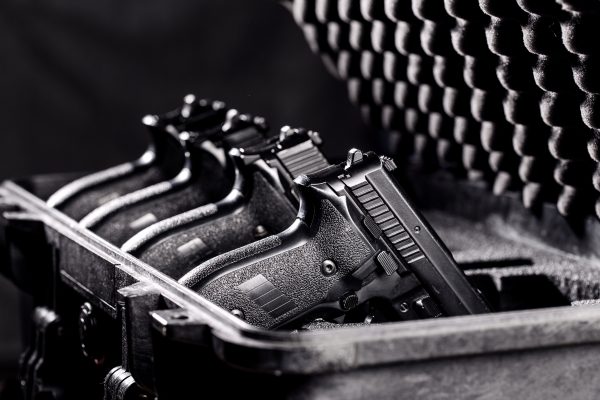
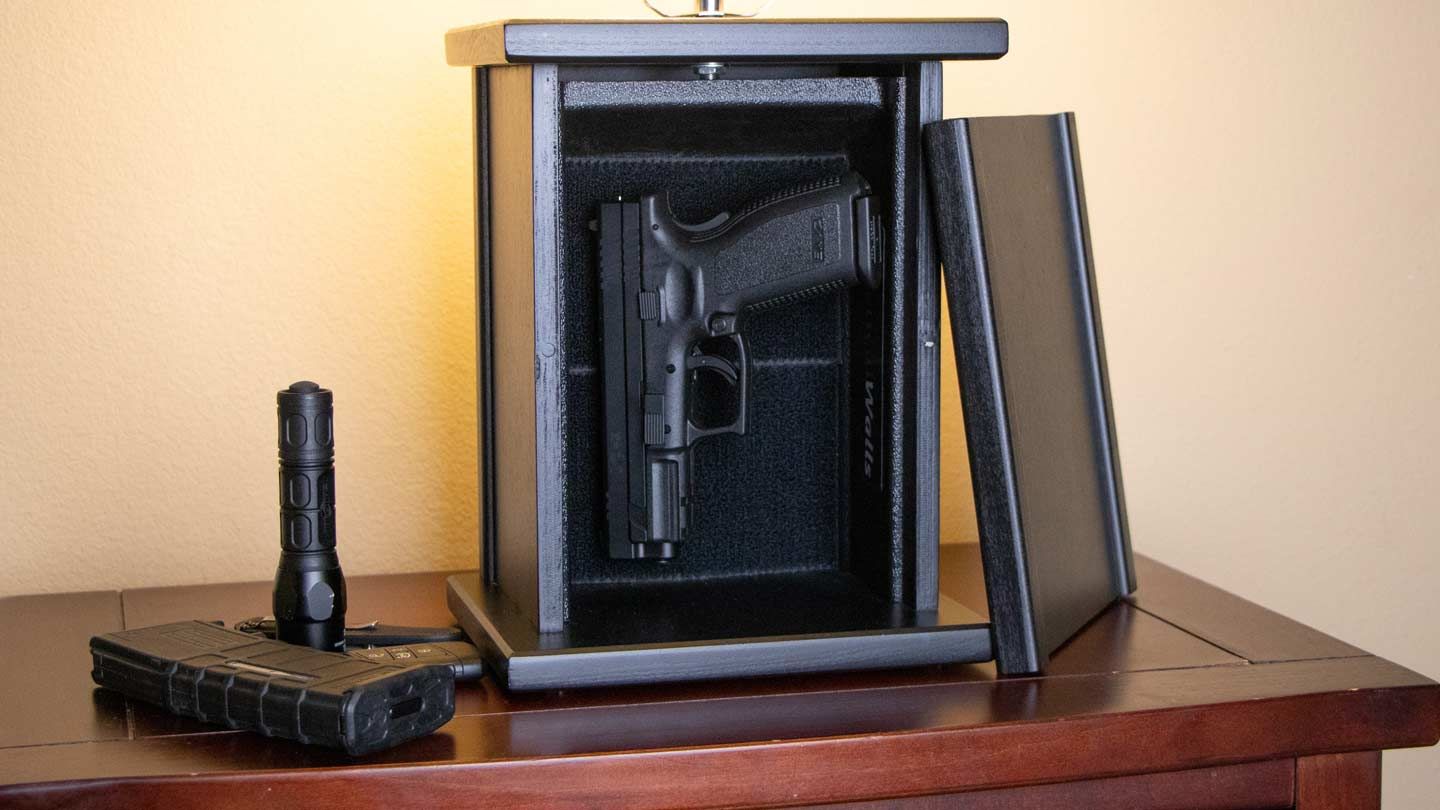
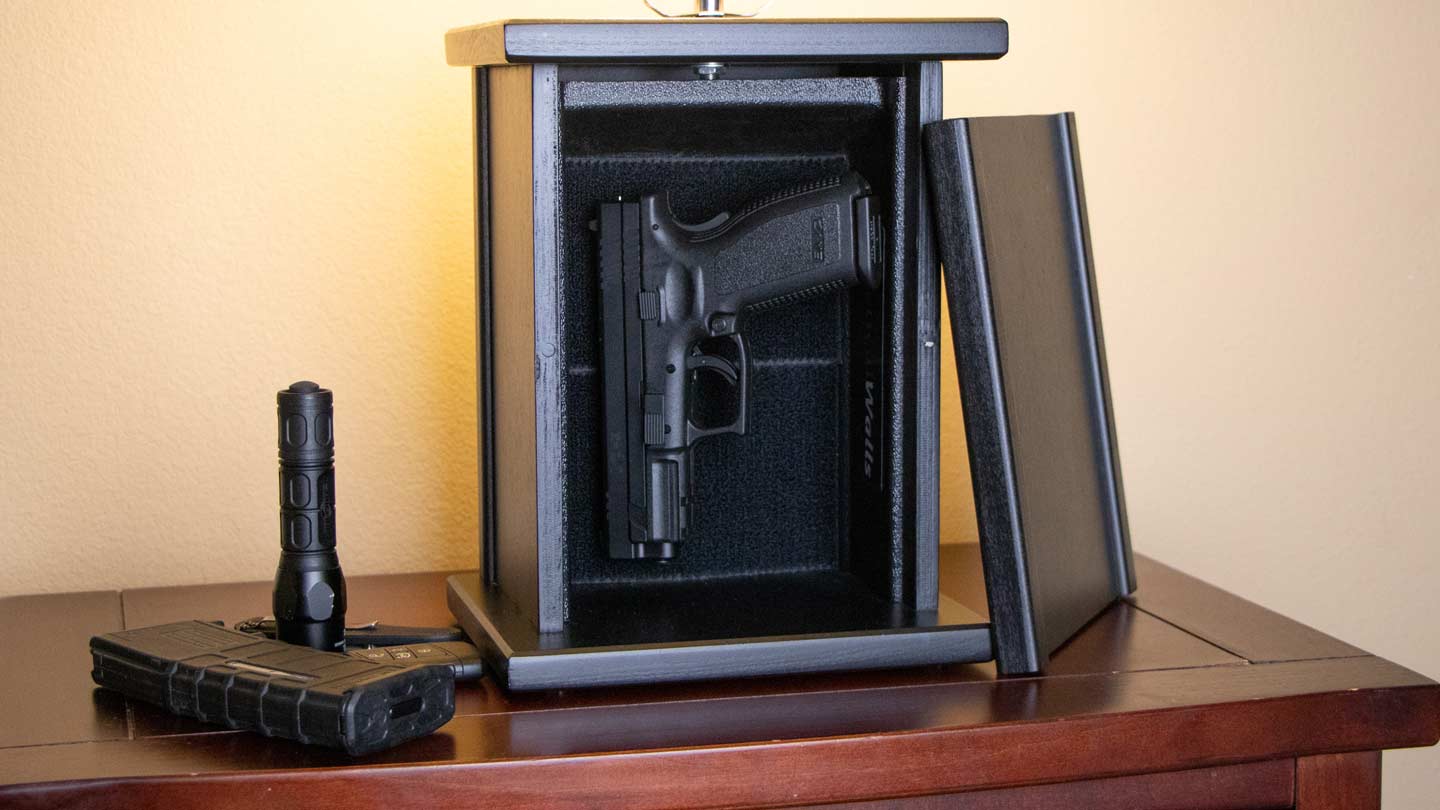
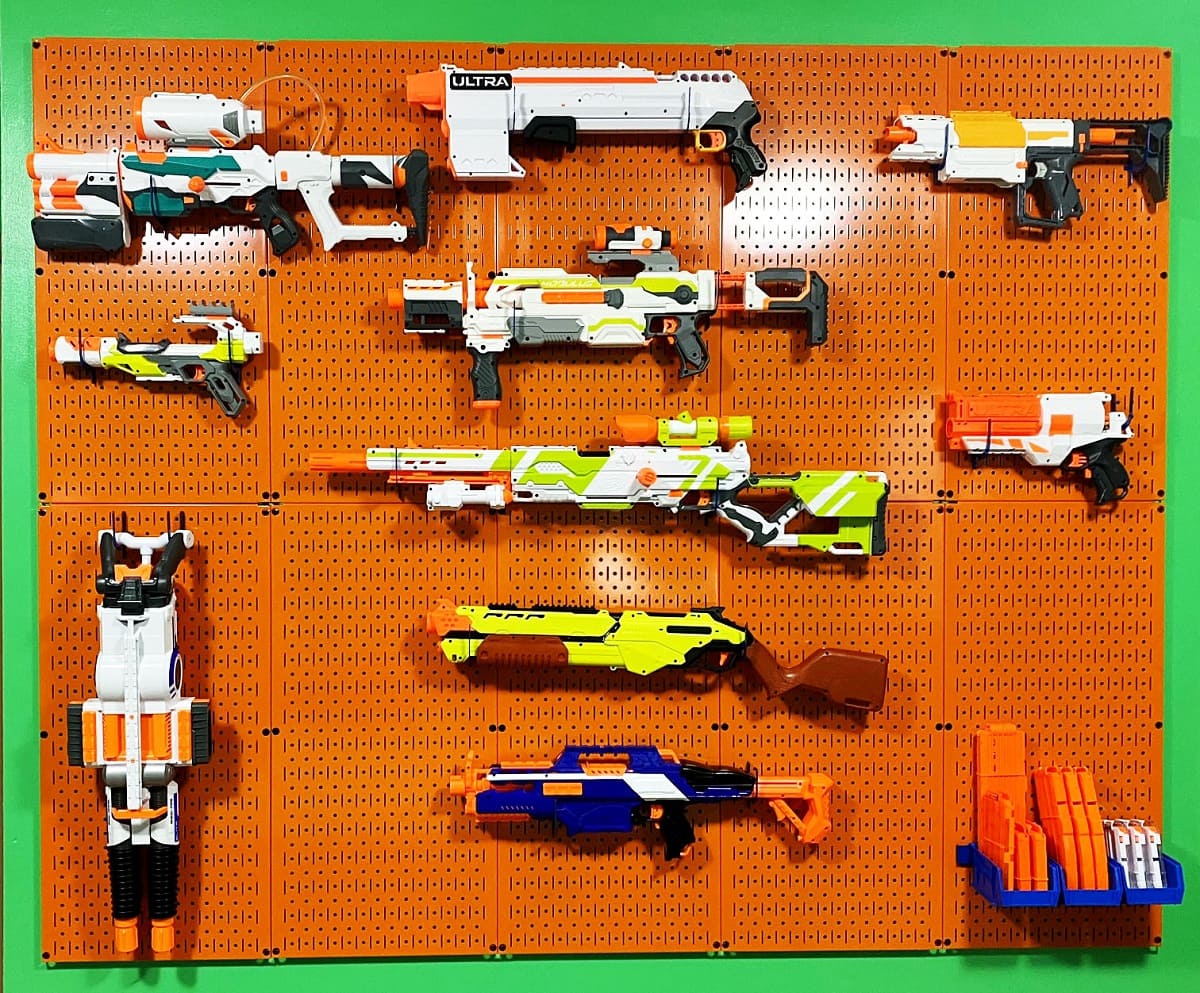

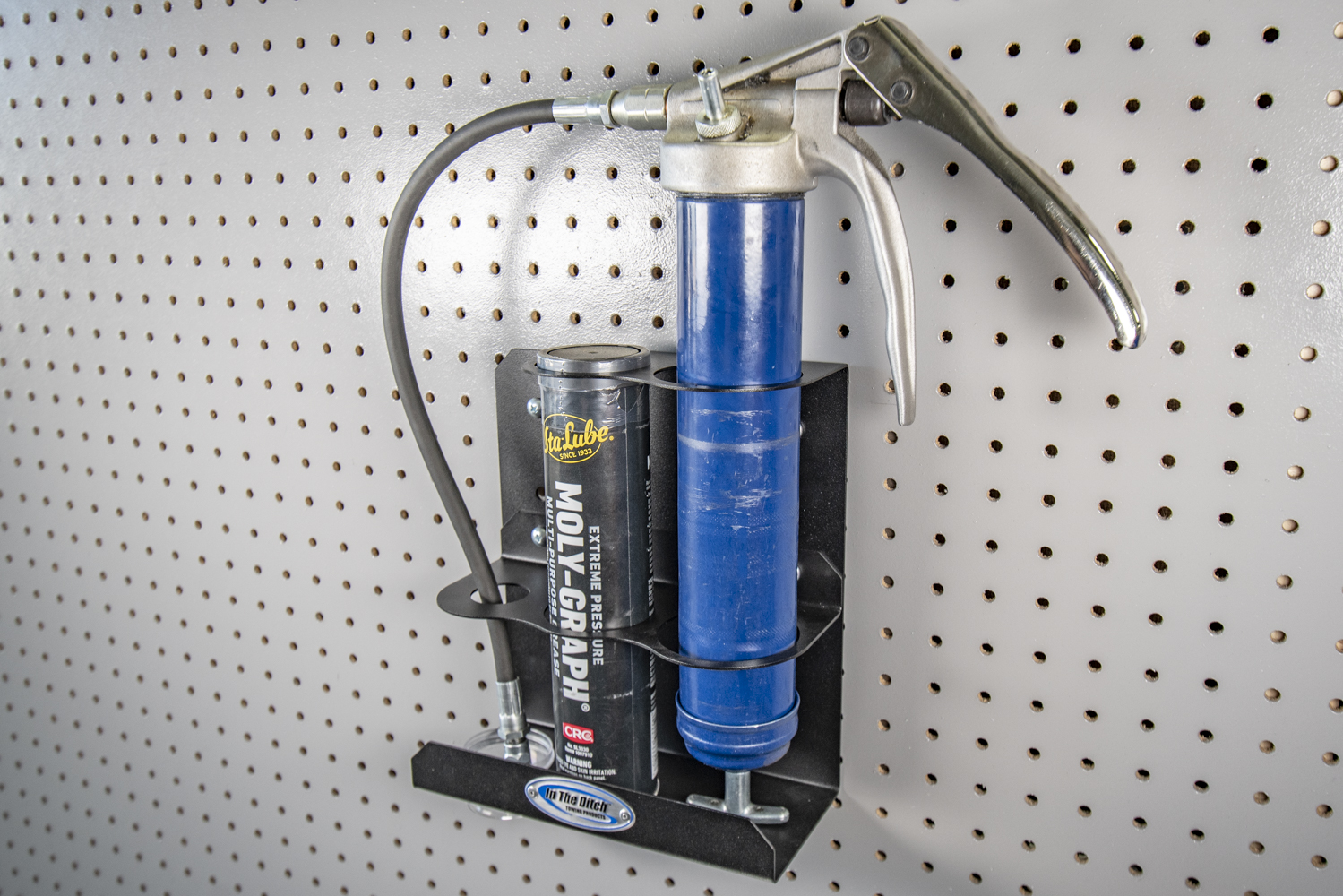
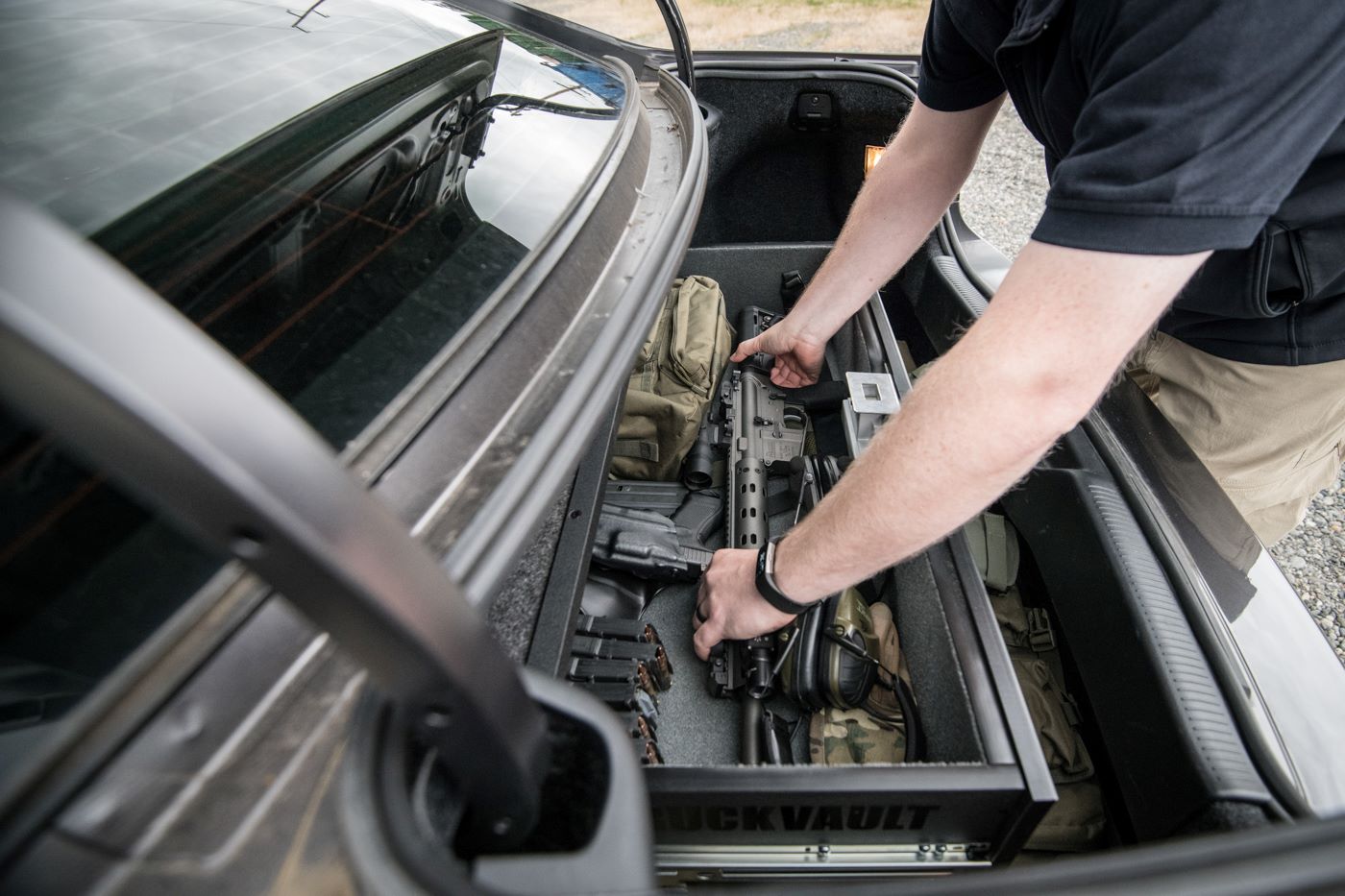
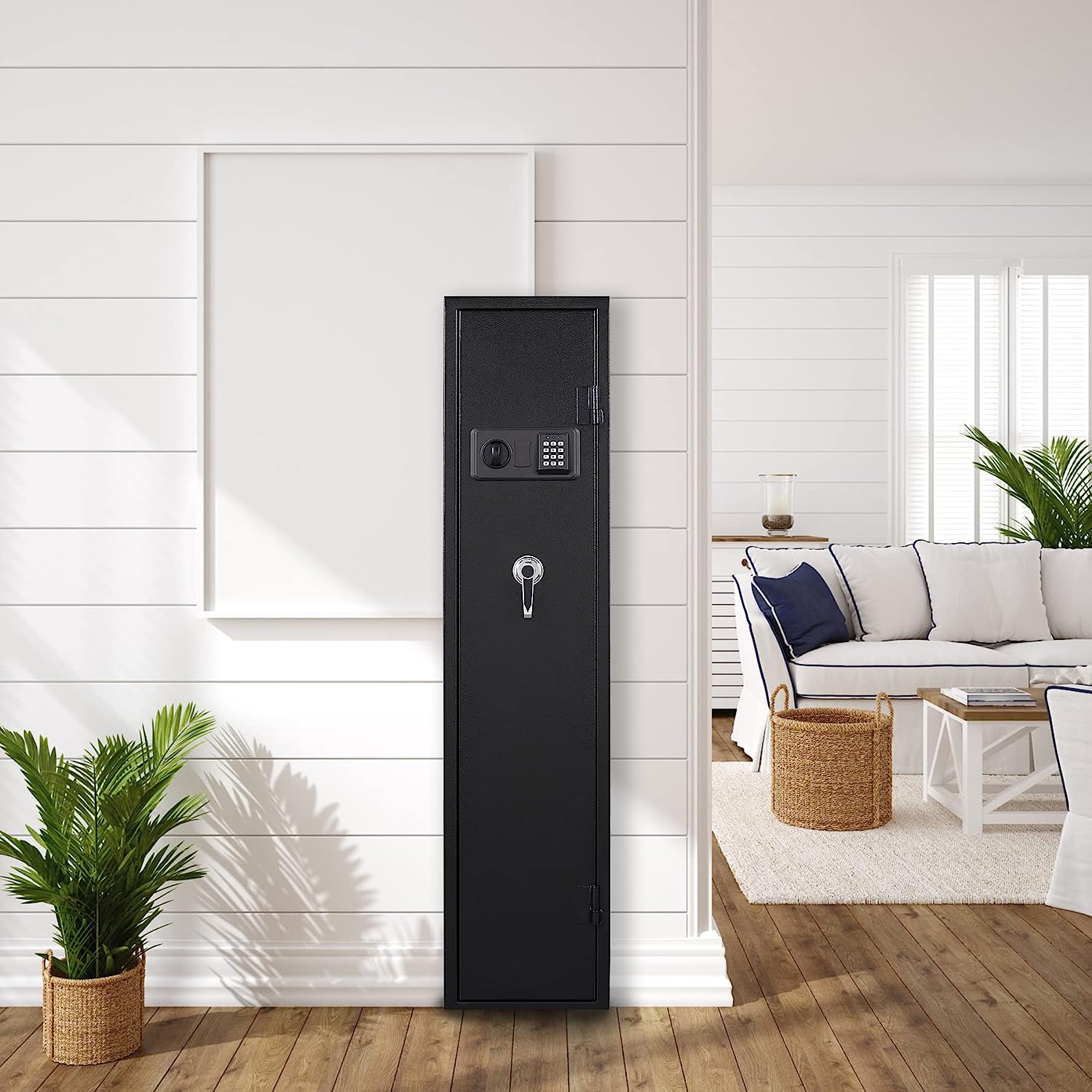
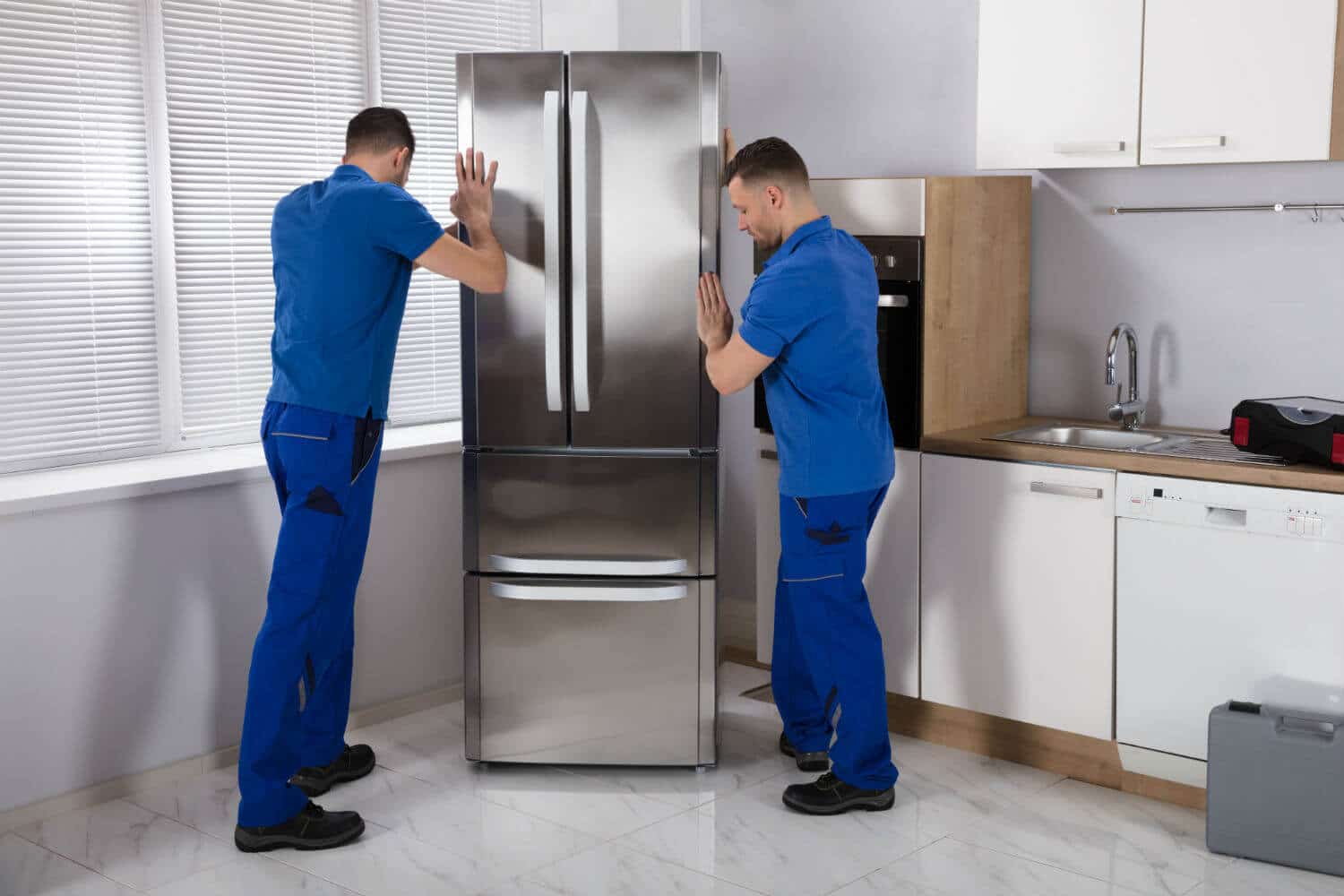

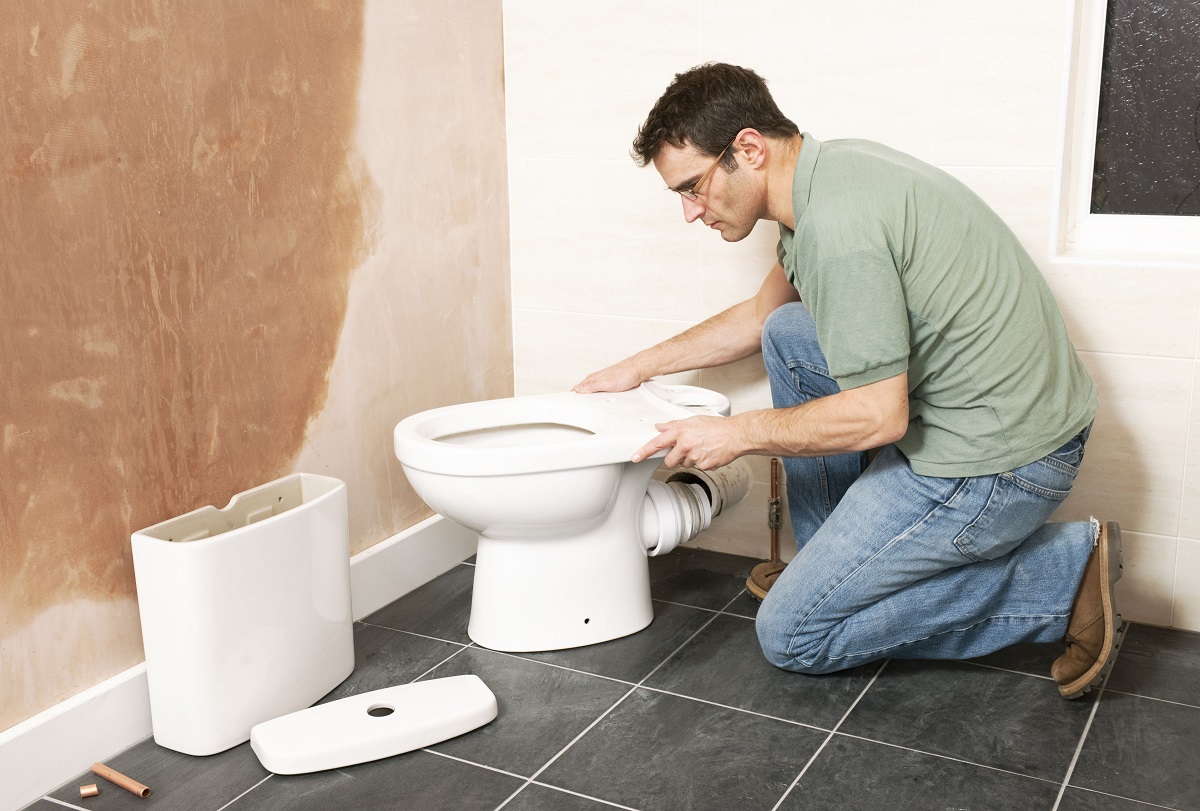
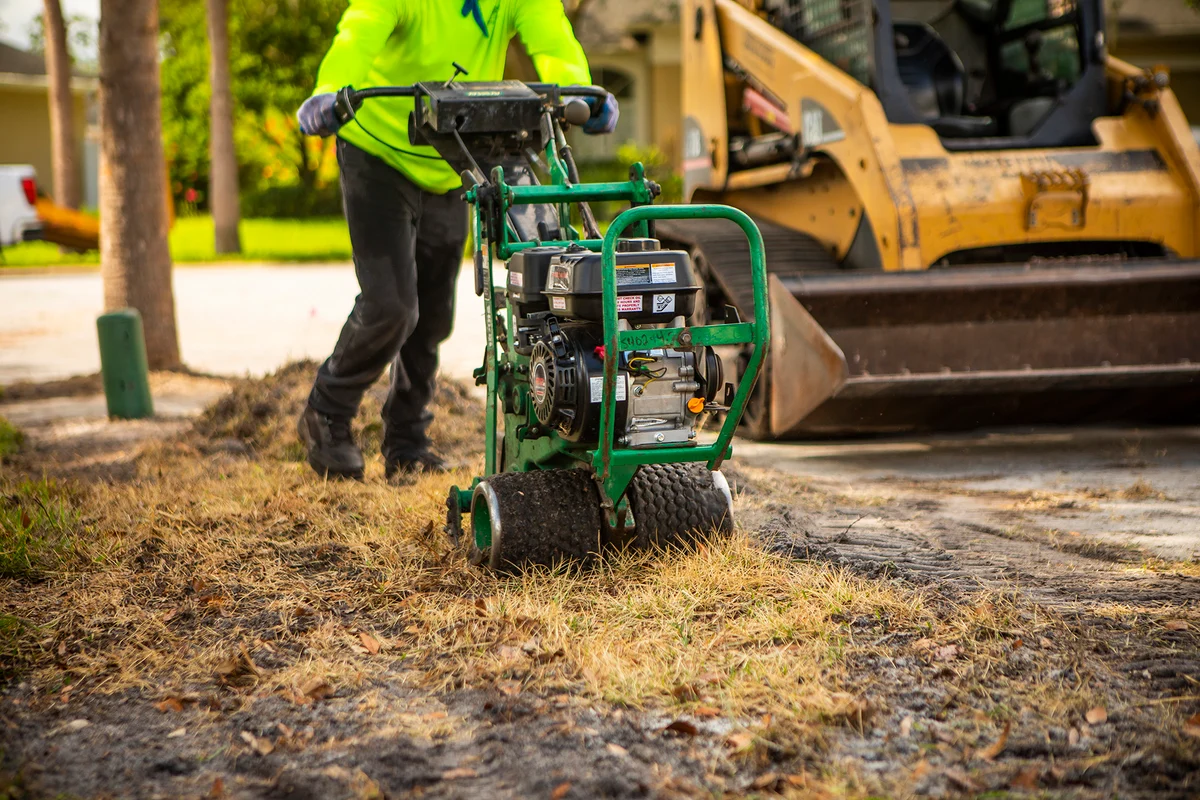
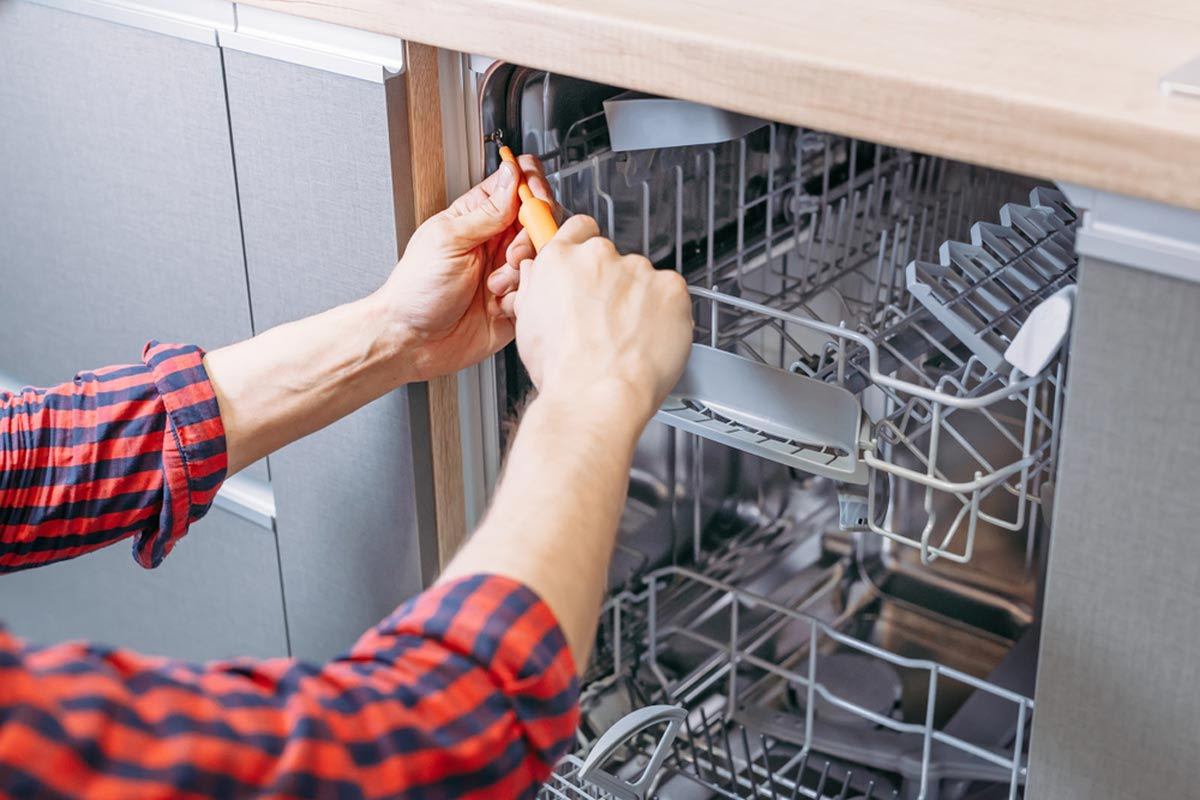

0 thoughts on “How To Move Gun Safe Downstairs”